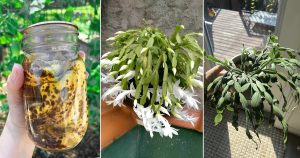Are you worried about the yellow leaves on your Snake Plant? We have discussed the problems and solutions for this issue.
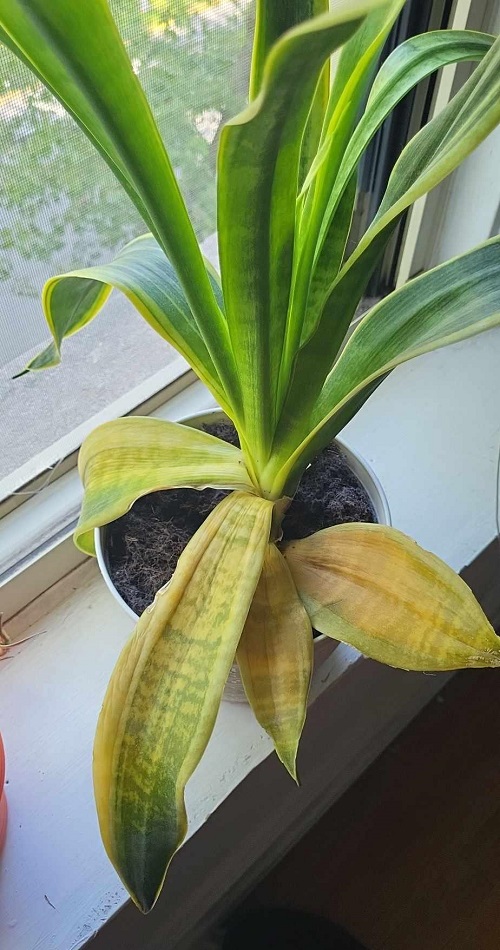
Snake plants are resilient and hardy with their sword-shaped leaves. They are incredibly versatile, which makes them perfect office plants. They are adaptable but do require minimal care to stay healthy and avoid dying.
Problems and Solutions
1. Too much Direct Sunlight
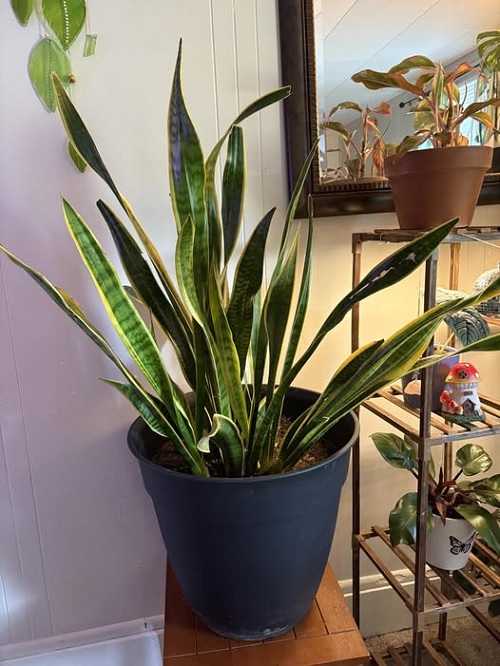
Too much sunlight will make us tan, and the snake plant gets its leaves burned. Excessive light from glass windows intensifies the rays and yellowing of leaves or even scorching can be seen.
To fix this, move your plant away from the harsh rays of the sun. You can also let it acclimate slowly to increased light levels, but avoid direct sun exposure.
2. Overwatering
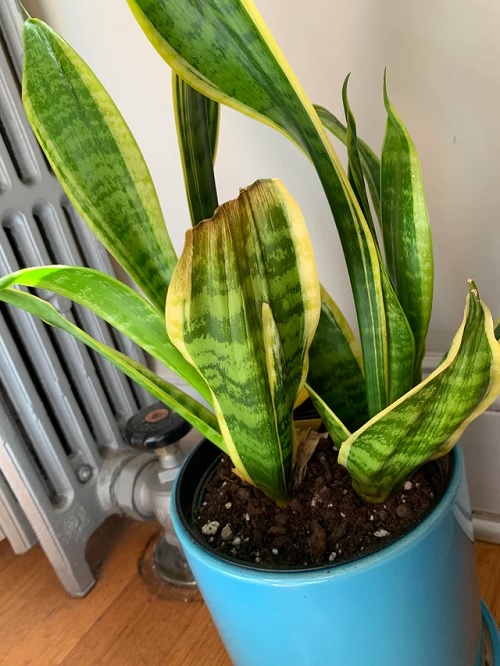
Pouring water is a love language for a green thumb, but your snake plant will hate you for this toxic behavior, so avoid overwatering. Wet roots lead to yellowing of thick, fleshy leaves, which already store water. Soggy soil will lead to root rot, eventually preventing the proper transportation of nutrients and causing surprise yellow leaves!
A trick to prevent this problem is to let the soil dry before watering. It is better to underwater than overwater because they are desert plants and can thrive without frequent water.
3. Poor Drainage
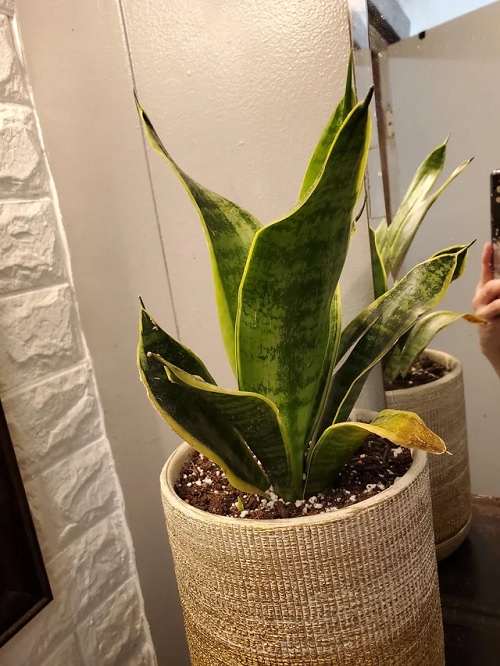
Even if you are not overwatering, pots with improper drainage will lead to yellowing of leaves because of compact, waterlogged soil. Use a succulent potting mix so the plants get the nutrients they require. A container with no drainage holes makes it even worse.
It can be resolved by using a pot with drainage holes. When planting in a decorative pot, consider using a cachepot. You can add perlite, pumice, or coarse sand to improve drainage.
4. Temperature Stress
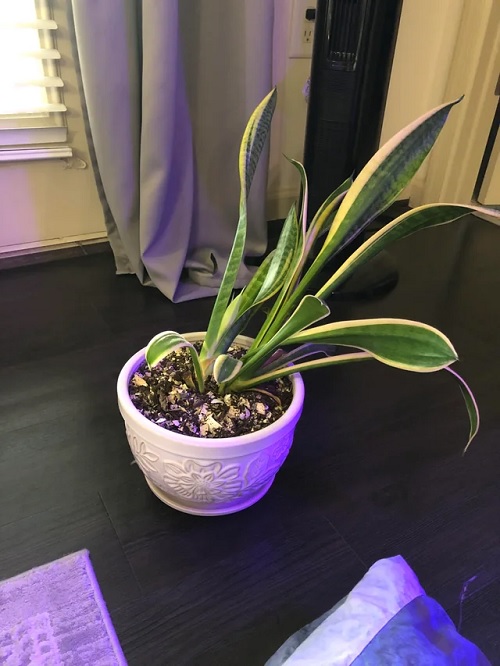
The snake plant is a tropical plant and prefers temperatures between 60–90°F. When kept near drafty windows, its leaves turn yellow or show a yellow streak in protest.
Avoid temperature fluctuations and keep them away from cold drafts, heating elements, and AC vents. If winter temperatures drop below 50°F (10°C), move the plant indoors or to a warmer spot.
5. Pest Magnets
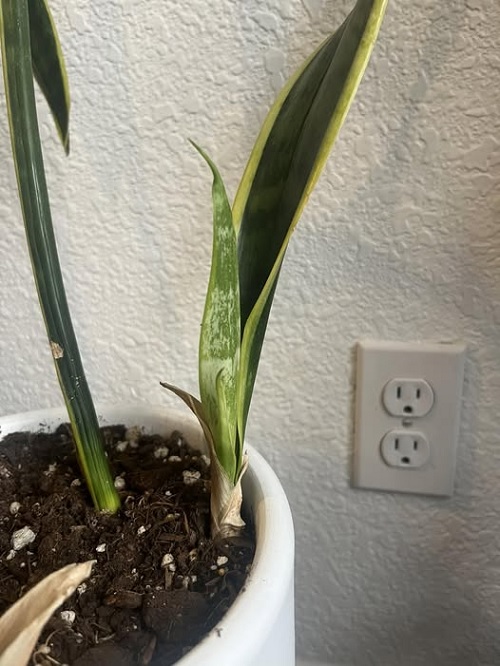
Although snake plants resist pests, they still get occasional visitors like mealybugs, spider mites, aphids, and scale. These sap-sucking pests cause yellow spots, curling leaves, and sticky residue.
Isolate the plant and inspect both sides of the leaves carefully. For minor infestations, wipe leaves with soapy water. For severe ones, use neem oil or insecticidal soap. Also clean the leaf crevices—pests hide there.
6. Natural Aging
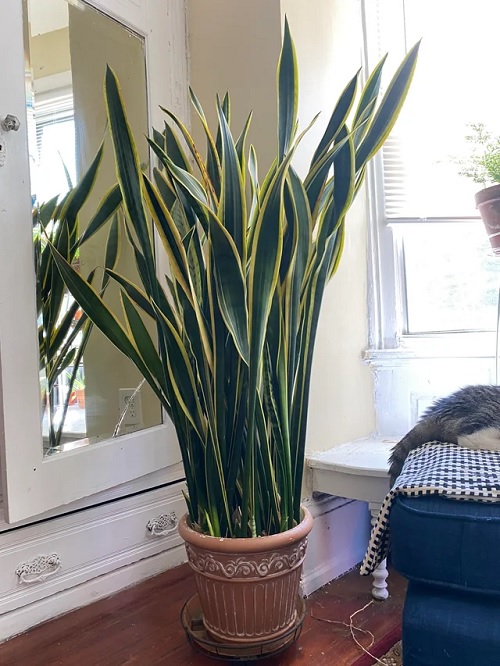
Like humans getting gray hair, snake plants have natural life cycles too; therefore, the leaves turn yellow. The older leaves at the bottom will eventually turn yellow and die off as the plant directs its energy to new growth.
For this, we need to check the plant to see if the leaf is old or not. Only the oldest and outermost leaves are affected, exhibiting uniform yellowing, while the rest of the plant shows new growth. Remove only the yellow leaves at the base once they are entirely yellow.
7. Nutrient Deficiencies
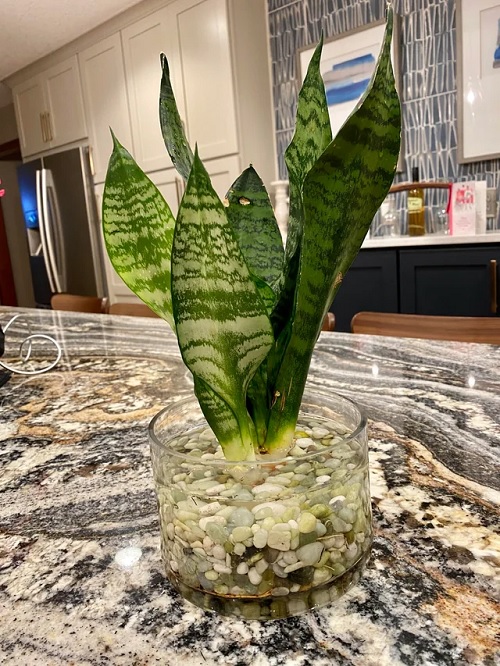
Not a foodie? Snake plants also need some nutrients to stay healthy and green. Nitrogen deficiency can lead to yellow leaves, and the new leaves will remain green, but smaller than usual. If your plant has been in the same pot with the same soil for years, it may be lacking essential nutrients.
Repot every 2-3 years with fresh potting mix and fertilize lightly 1-2 times during the growing season.
8. Disease Problems
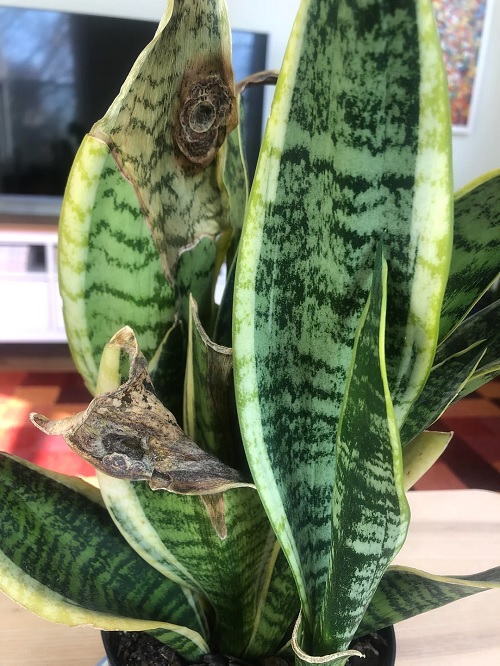
Though they are hard-tolerant, snake plants can develop fungal issues, especially when kept too wet. Southern blight, root rot, and leaf spot can lead to yellowing.
For fungal spots, remove the affected leaves and treat them with a fungicide. Root rot can be treated by removing all affected sections with clean tools and repotting the plant in fresh soil.
9. Repotting Shock
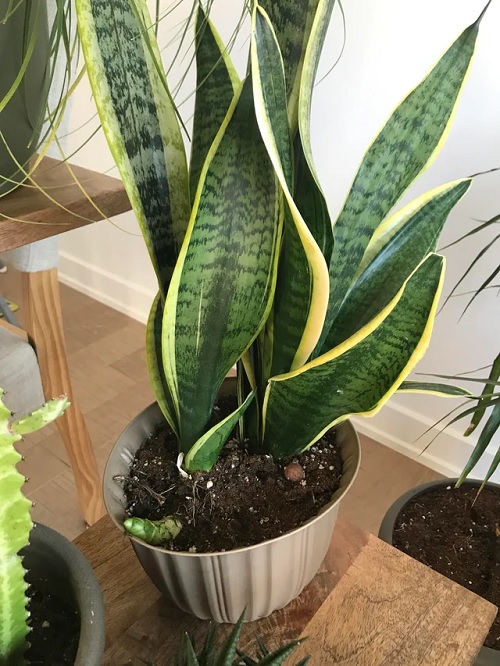
Whenever you repot a plant, the surroundings change, and it may go into shock as it cannot adapt quickly, just like us. If you have repotted your plant recently, you might see some yellow leaves. Give it some time, and it will adapt to the environment.
After repotting, avoid exposing the plant to direct sunlight, care for it gently, and resume its routine after 2–3 weeks.
10. Fertilization
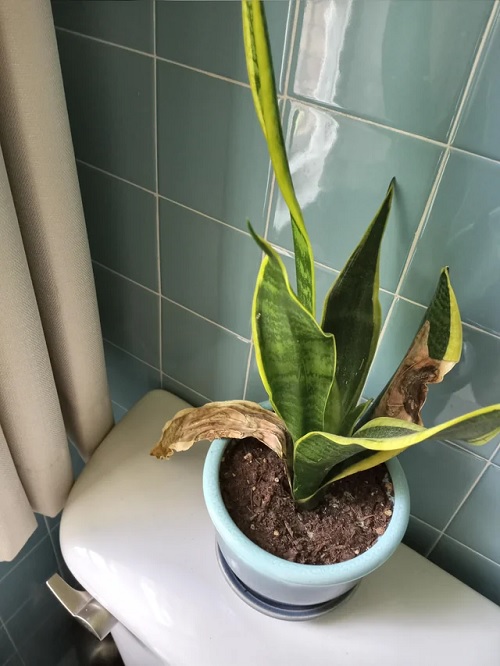
Over-fertilizing will harm your snake plant, and the foliage will turn yellow.
Fertilize using a balanced liquid fertilizer by diluting it to half its strength once every 4–6 weeks. This will support healthy growth.
11. Poor Soil pH
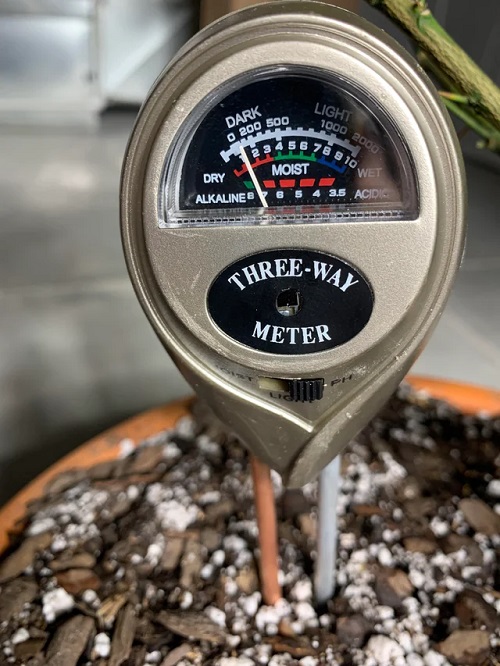
Snake plants prefer slightly acidic to neutral soil with a pH between 6.0 and 7.5. If the soil becomes too alkaline due to hard water or fertilizers, nutrient absorption drops and leaves may turn yellow.
To fix this, flush the soil with clean water occasionally and avoid using tap water if it’s very hard—use filtered or rainwater instead.
12. Root Bound Issues
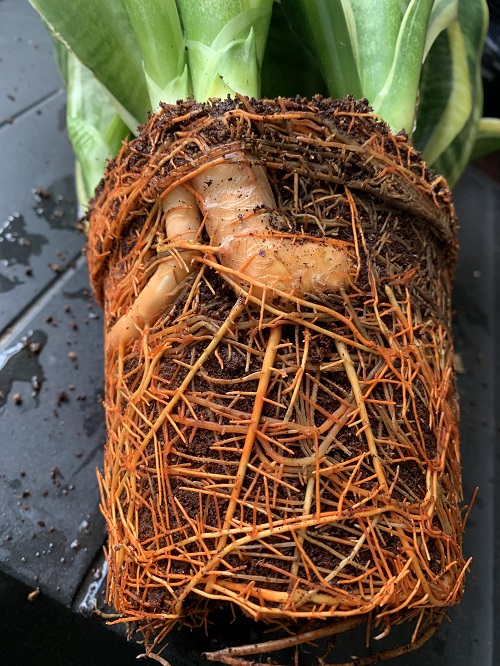
Snake plants like snug pots, but if roots are too crowded, they can’t absorb water and nutrients well, causing yellow leaves.
If the roots are circling around the pot or popping out of the drainage holes, it’s time to repot. Use a slightly bigger pot and refresh the soil to give roots breathing room.
Snake plants are non-destructible, but due to the issues mentioned above, they may turn yellow. And the solutions given will help you resolve them. Let us know in the comments how your snake plant is now.



